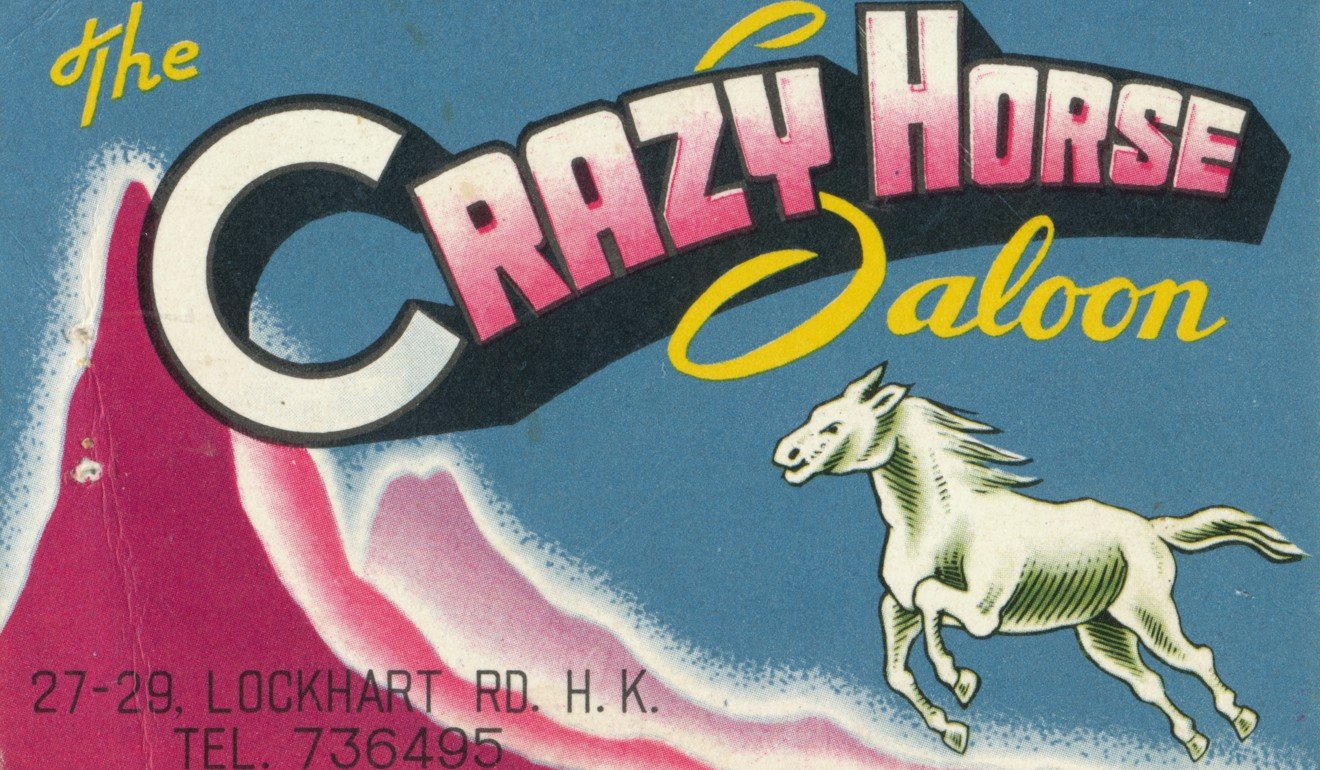
The sexy business cards Hong Kong go-go bars handed out to attract sailors in the 1960s
- While researching Wan Chai history for inspiration for a restaurant interior, graphic designer Jay Foss-Cole fell in love with the bars’ gaudy business cards
- He started collected them, buying them on eBay and from private collectors

Hong Kong was a popular military port of call for rest and relaxation (R&R) during the major conflicts of the second half of the 20th century, such as the Korean and Vietnam wars. And the first Hongkongers encountered by the foreign servicemen after stepping off their warships were often touts thrusting colourful, risqué business cards into their hands.
On the front, the cards promoted bars and nightclubs with names such as Playgirl and Playboy, Crazy Horse, Rainbow and Rosemarie. And on the back there was usually a map indicating the route from Fenwick Pier – the historic point of arrival for generations of sailors visiting Hong Kong – or a chart showing exchange rates between Hong Kong and US dollars, which would have been useful for American servicemen not wanting to get ripped off after a few too many drinks.
The cards may be tame by modern standards – many feature images of couples enjoying a spot of ballroom dancing, for example, although some do feature artwork of scantily clad women – but they leave no doubt about their purpose: to lure visiting military men to girlie bars in Hong Kong Island’s red-light district in Wan Chai, usually with a free drink “on the second round only”.
Many are perfect examples of Swinging Sixties design, and the creators appear to have been trying to outdo each other with lurid East-meets-West artwork and feel-good fonts as they fought to catch the eyeballs of thirsty sailors looking for a drink – or more – during their shore leave.


The cards had faded into obscurity, but were recently rediscovered by a Hong Kong graphic designer and transformed into the wallpaper for the new Wan Chai Italian-American restaurant Fini’s in the premises formerly occupied by Stone Nullah Tavern opposite the district’s historic Blue House.
Jay Foss-Cole, founder and creative director of design studio China Stylus, says he first learned about the vintage cards while researching the visual and graphic history of the district. He instantly fell in love with the gaudy designs, and started snapping up examples on eBay and from private collectors found online.
Foss-Cole had a true light-bulb moment after the discovery, feeling that the overall design aesthetic was a perfect match for the interior of the restaurant, as it reflected the somewhat seedy history of the area.
“Obviously the cards were mostly aimed at visiting sailors, but they aren’t sleazy or cheap,” he says.


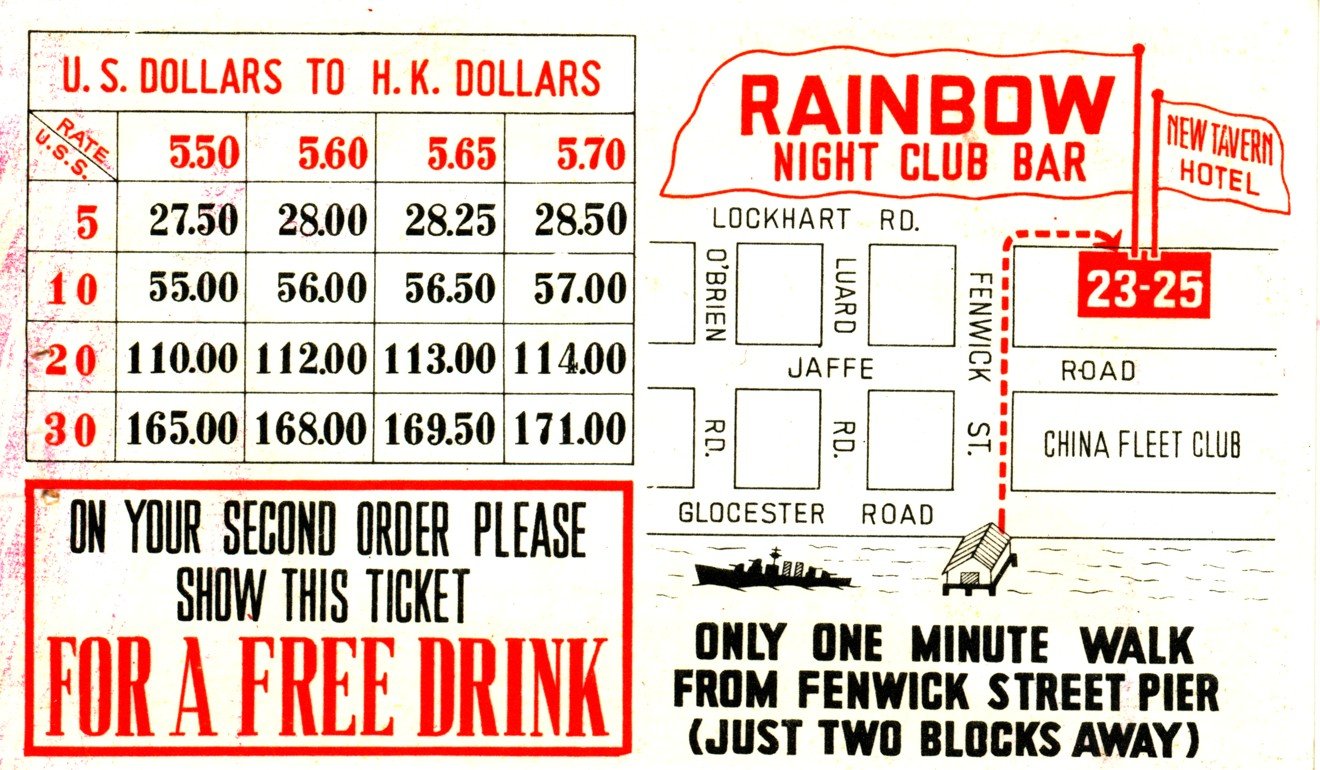
“They are a triumph of form and function, and pack a real punch in just 10cm by 5cm – bilingual venue information, instructions for cab drivers, beautifully illustrated street maps and of course the promise of a good time.
“The designs are simple, unpretentious and eye-catching, but most importantly – to me at least – the printing technique gives them extra depth and texture, creating natural defects which provide warmth and character.
“From a purely technical point of view, they are the result of a time-consuming design process and limited print possibilities. They have a unique, genuine unique feel that’s a personal reflection of the places and the people that ran the establishments.”
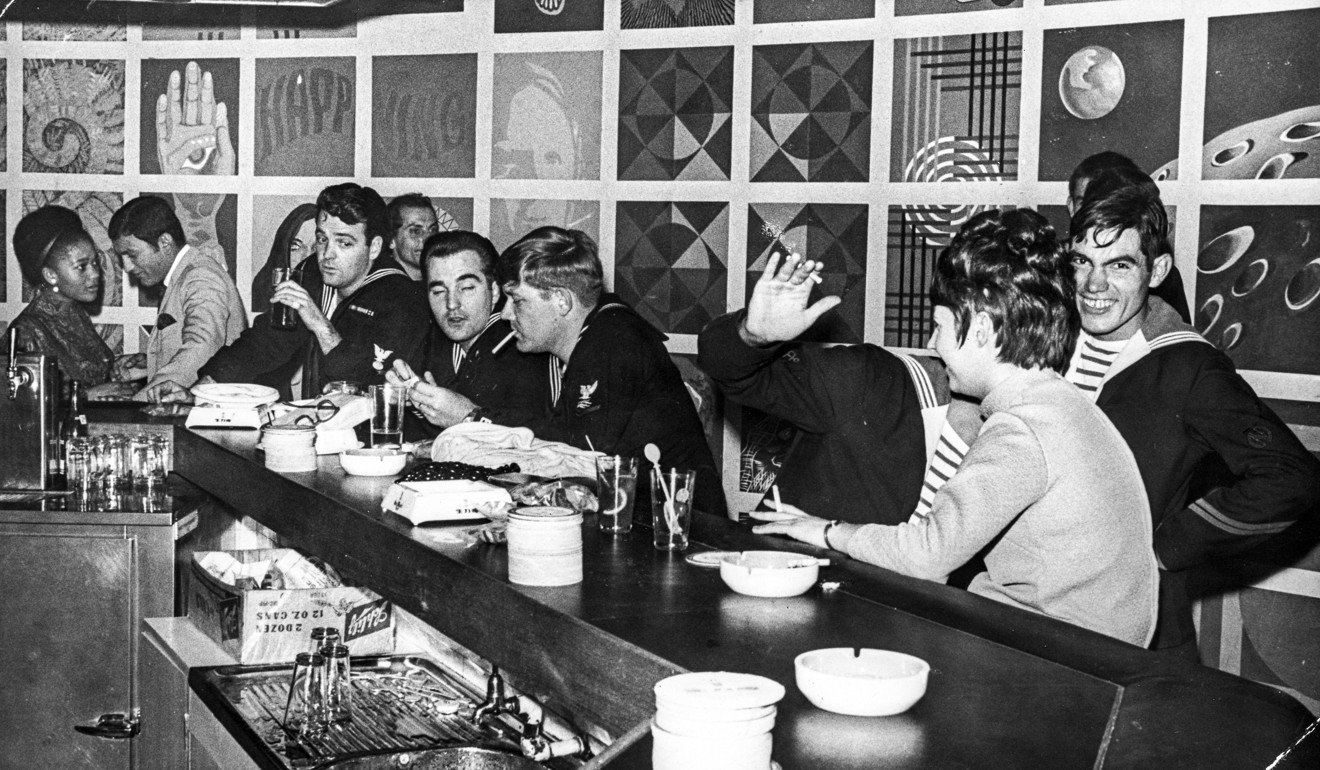
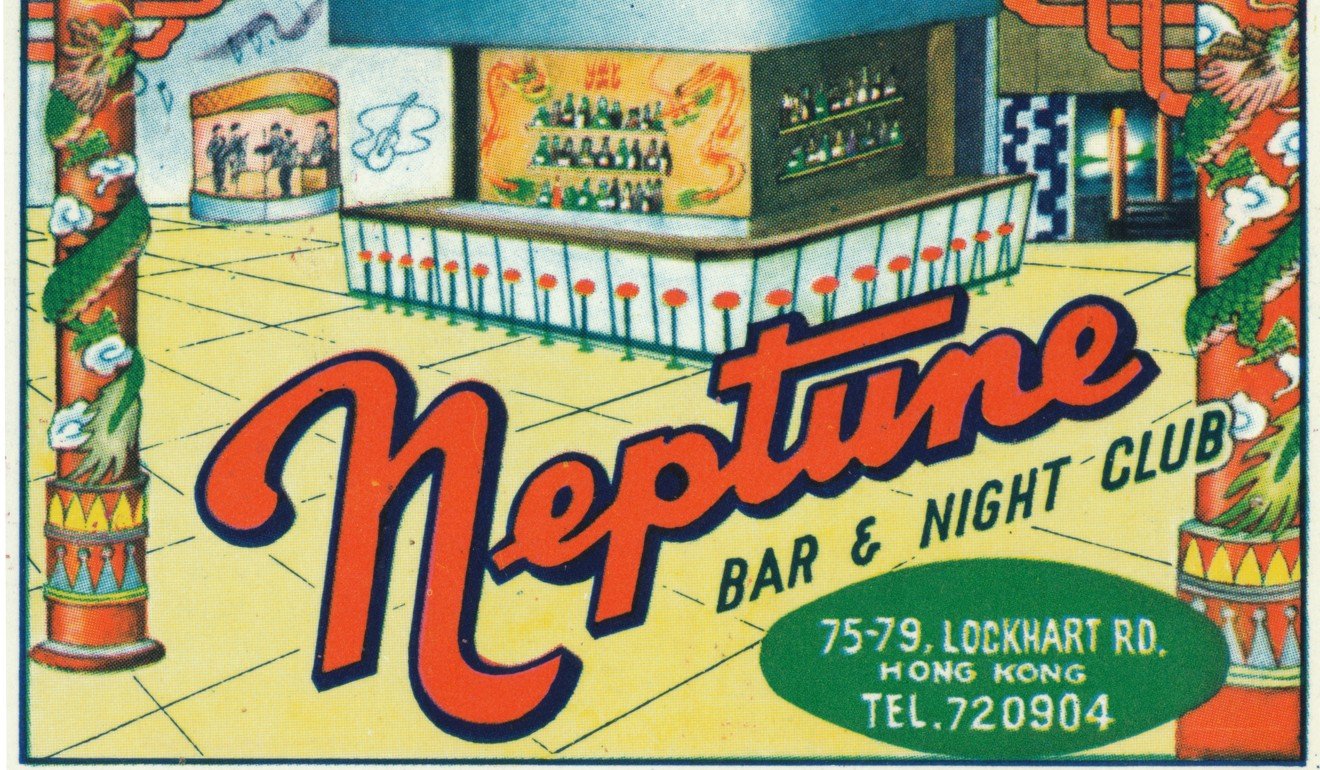
Foss-Cole feels the cards are a reminder of an era that was more carefree, easy-going and open-minded, and less self-conscious.
“The entire process used to create the cards predates computers, the internet, stock images, digital printing and so on. The result is a product that is 100 per cent hand made, hand crafted and hand finished – totally unique and absolutely of the era.
“Very few venues make the effort to create anything from scratch these days.”
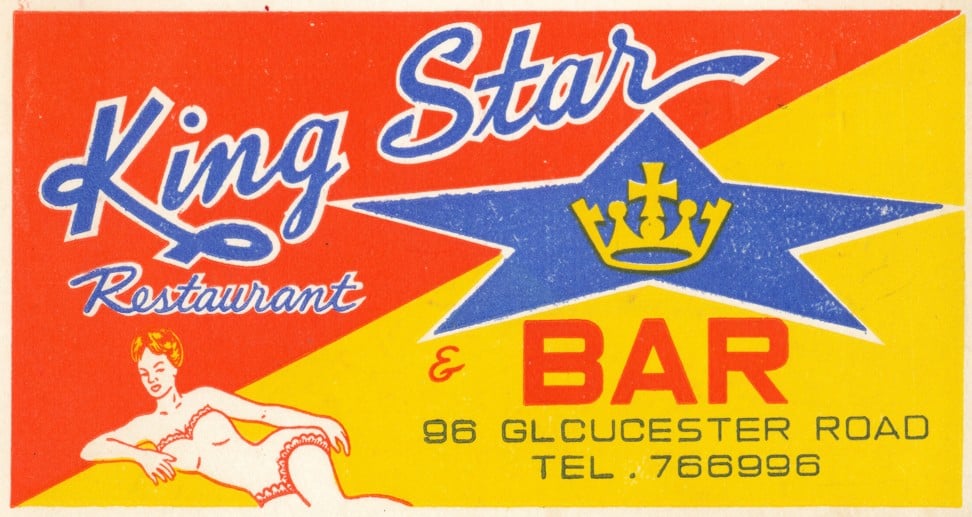

Most of the bars featured on the wallpaper are long gone – such as the King Star, AA Hall, China Night, Oriental Bar and the USA Playboy – but there are still bars called Neptune and Crazy Horse doing business in Wan Chai today.